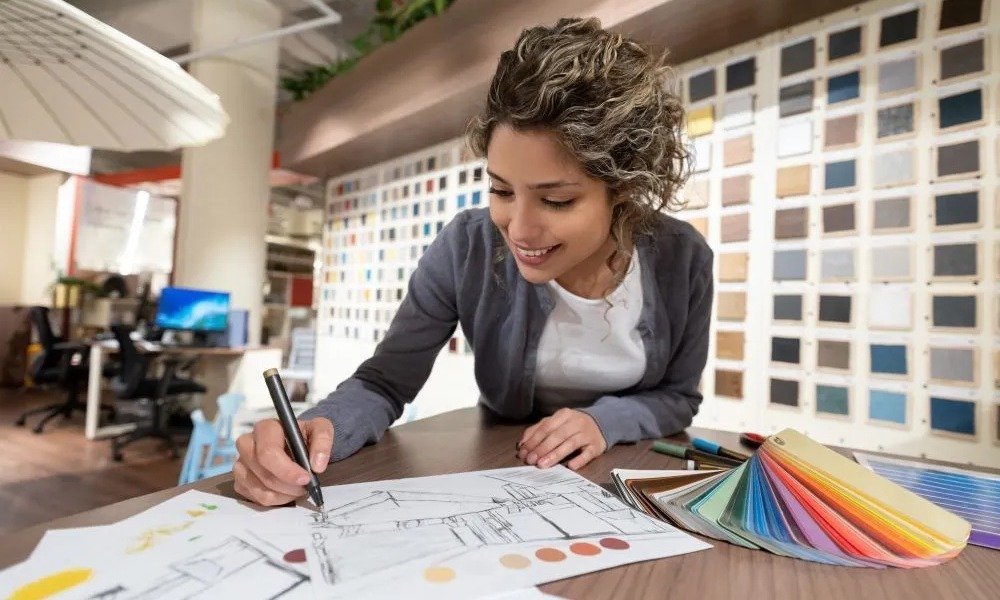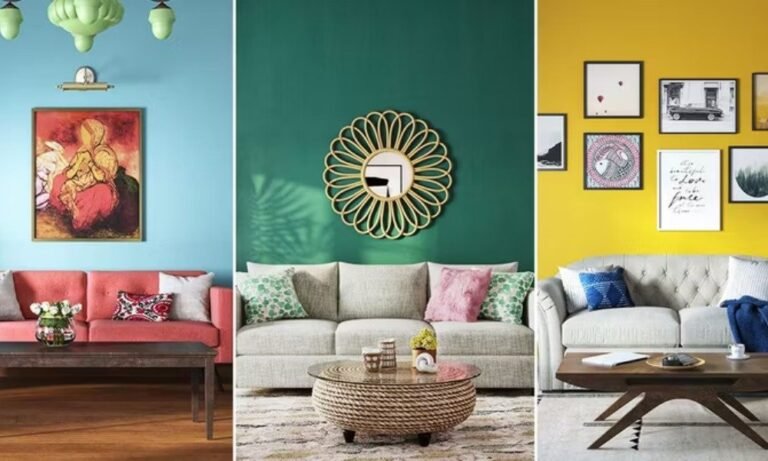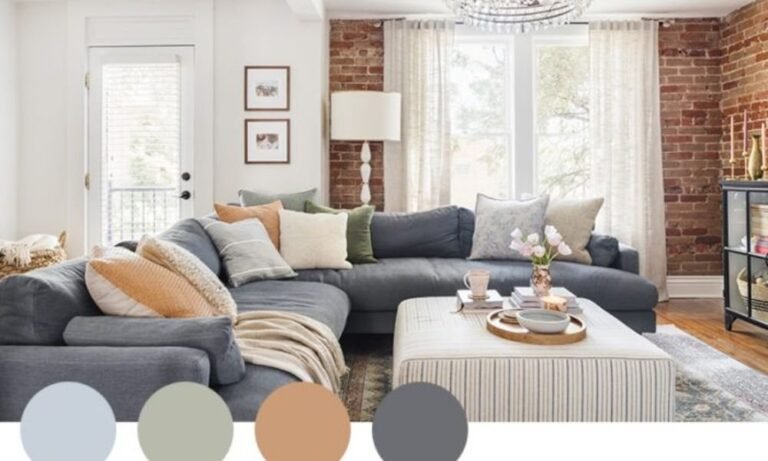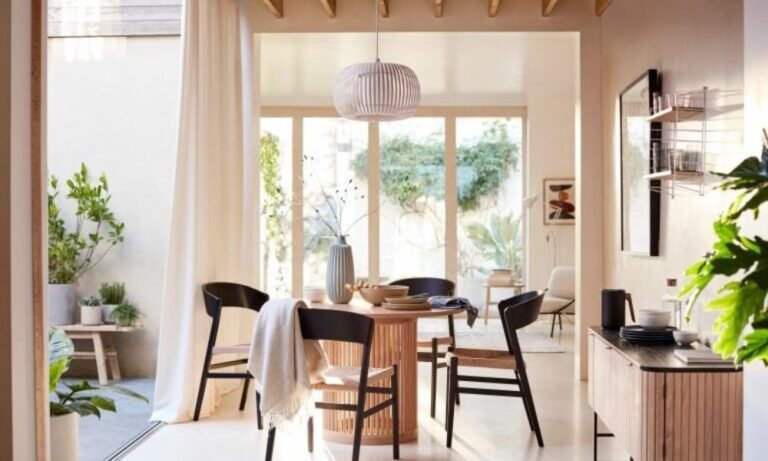Estimated reading time: 5 minutes
When I take on a home makeover project, my goal isn’t just to make a space look nice—it’s about creating an environment that works for your lifestyle. Interior designers aren’t just about picking paint colors or rearranging furniture. We blend creativity, function, and structure to give homes a fresh and practical new look.
If you’ve ever thought about a home makeover but felt unsure about where to start, this is for you. Let’s break it down.
What You’ll Learn in This Guide:
✔ Why hiring an interior designer makes home makeovers easier and more effective
✔ How I bring structure, aesthetics, and practicality together in a redesign
✔ The key stages of a home makeover process with a professional
✔ Common misconceptions about interior designers and renovations
✔ How to choose the right designer for your project
Why Hire an Interior Designer for a Home Makeover?
Some people think hiring an interior designer is a luxury. I disagree. A well-designed home isn’t just about looks—it improves functionality, enhances comfort, and can even increase property value.
Here’s what I bring to the table:
- A Trained Eye – I see opportunities and issues homeowners often miss. That odd, unused corner? I’ll find a purpose for it.
- Time & Budget Management – DIY makeovers often lead to unexpected costs and delays. I help clients stay on track without overspending.
- Industry Connections – Working with trusted contractors, furniture suppliers, and artisans means access to better quality and prices.
- Cohesive Design – A space needs balance. From layout to lighting, I make sure everything works together seamlessly.
For those working with limited budgets, I also recommend checking out budget-friendly interior design tips for smart ways to elevate a space without breaking the bank.
The Interior Designer’s Role in a Home Makeover
A great home makeover isn’t just about replacing old furniture with new. Here’s what I focus on:
1. Understanding Your Needs & Vision
Every project starts with a conversation. What works in your home? What doesn’t? Do you want a modern, minimalist feel or a warm, rustic charm? I listen, analyze, and create a plan that reflects your lifestyle and taste.
For those struggling with color choices, I suggest reading how to choose the perfect color palette—color decisions impact mood and functionality more than you think!
2. Space Planning & Layout Optimization
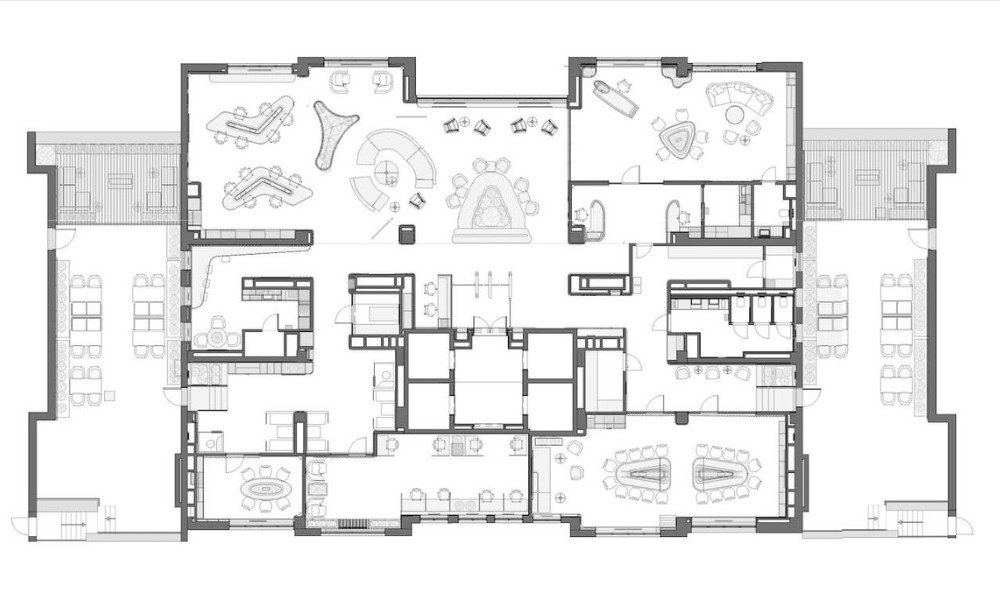
Good design isn’t just about looks—it’s about how a space flows. A cluttered room isn’t always a small one; it’s usually a poorly planned one.
- I maximize natural light and airflow
- I ensure easy movement and logical furniture placement
- I consider functionality for daily use
For those with smaller spaces, my go-to advice comes from 5 must-know rules for small space interior design. A few smart tweaks can make a room feel twice as spacious.
3. Selecting Materials, Colors & Furnishings
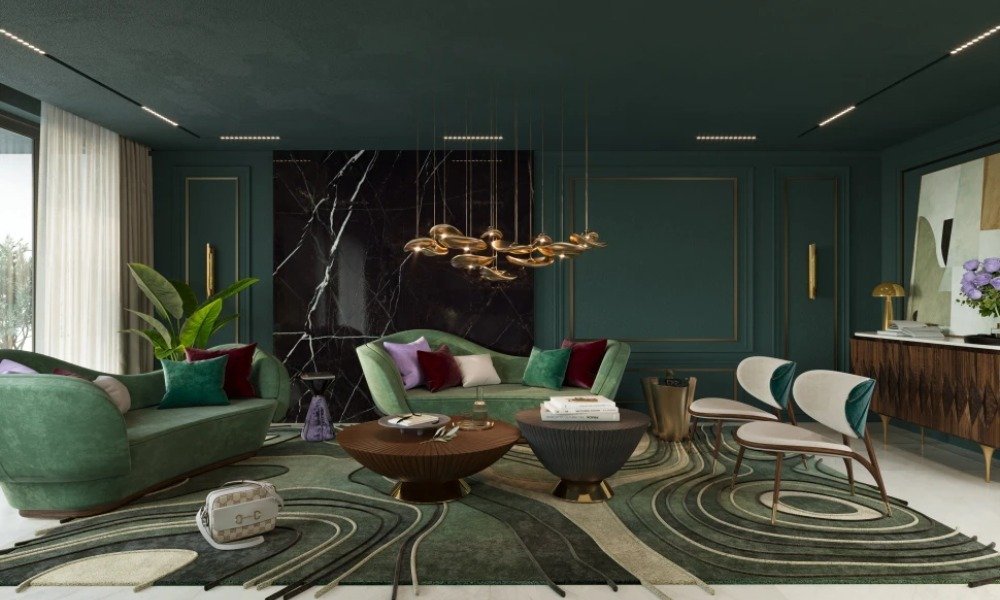
This is where things get exciting. I carefully choose:
✔ Durable yet stylish materials
✔ A color palette that enhances the mood and function of the space
✔ Furniture that balances comfort and style
Many homeowners underestimate the impact of lighting. It changes everything! If you’re curious about how lighting can transform a space, check out the magic of lighting for inspiration.
4. Managing Contractors & Suppliers
Unless you’re a fan of calling electricians, plumbers, and carpenters all day, this part alone makes hiring an interior designer worth it. I coordinate everything so that you don’t have to juggle multiple professionals and unexpected delays.
5. The Final Styling Touches
This is where a house becomes a home. I bring in furniture, decor, and accents that add warmth, personality, and cohesion to the space. Even the simplest changes, like strategic artwork placement or the right area rug, can make a huge difference.
DIY vs. Hiring a Professional: When to Get Expert Help
While some makeovers can be tackled solo, there are cases where hiring a professional saves money and stress in the long run.
✔ Go DIY if: You’re making small updates like adding decor, painting a wall, or switching out hardware.
✔ Hire a designer if: You’re planning structural changes, layout modifications, or need a full home transformation.
If you’re unsure whether to go solo or hire an expert, this guide on DIY vs. professional interior design offers more insight.
Common Myths About Interior Designers & Home Makeovers
“Interior designers only focus on aesthetics.”
No. I also prioritize functionality, space efficiency, and practicality.
“Hiring a designer is only for the rich.”
Not true. A good designer works within your budget to create a stunning space without unnecessary costs.
“Designers don’t do renovations.”
Actually, we do! We work with contractors to enhance layouts and improve space usability beyond just decoration.
If you want a deeper dive into the designer vs. decorator debate, check out how to choose the perfect interior designer for better insights.
How to Choose the Right Interior Designer
The key to a successful home makeover is finding a designer who understands your vision and communicates well. Here’s what I suggest:
✔ Review Their Portfolio – Their past work should align with your style.
✔ Check Client Testimonials – Happy clients = reliable service.
✔ Discuss Your Budget – A good designer makes things work within your financial plan.
✔ Ask About Their Process – You should feel comfortable with how they approach projects.
For a detailed checklist, read hiring tips: what to ask before signing with an interior designer to avoid surprises down the road.
Final Thoughts
A home makeover isn’t just about pretty spaces—it’s about creating an environment that enhances how you live. Whether you need a small refresh or a full-scale renovation, an interior designer helps make the process smooth, practical, and stress-free.If you’re considering a makeover and want expert guidance, let’s talk. Your dream home might be closer than you think.
